Your photos on your smartphone can function as a multifaceted tool, acting as your digital filing cabinet, GPS, legal backup, and more, as highlighted by travel and tech expert Maurice Freedman. The convenience of having these resources readily accessible cannot be overstated. However, it is crucial to ensure the security of your photos.
Freedman advises, “Remember that anything you capture doesn’t solely reside on your phone—often, these photos are concurrently shared across all your devices and stored in the cloud. Strong passwords play a vital role in maintaining privacy and security.” To optimize the utility of your smartphone, here are the types of photos you should keep for reference, emergencies, and peace of mind.
To optimize the utility of your smartphone:
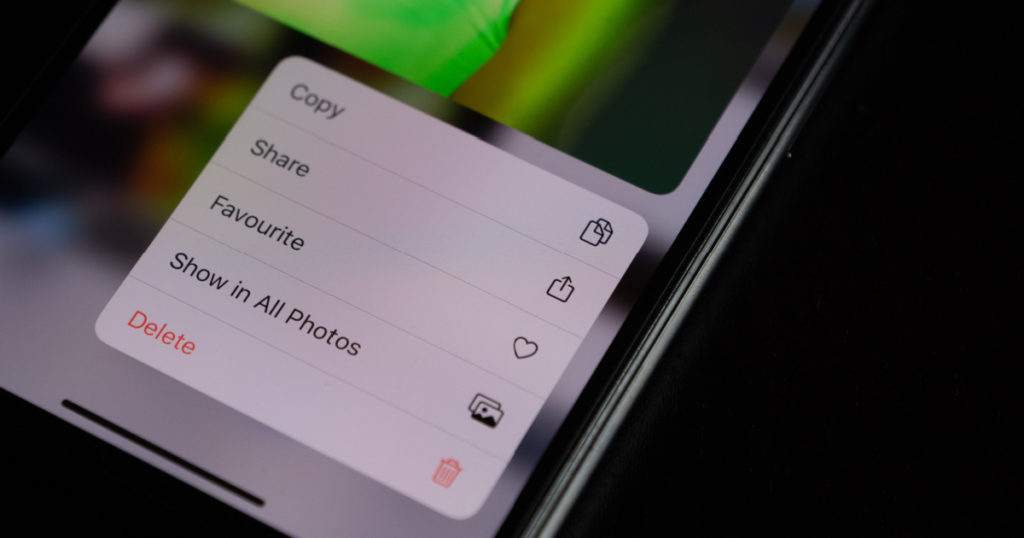
Organize them into a dedicated photo album on your phone to avoid sifting through numerous family snapshots when you need quick access.
Credit Cards and Customer Service Number
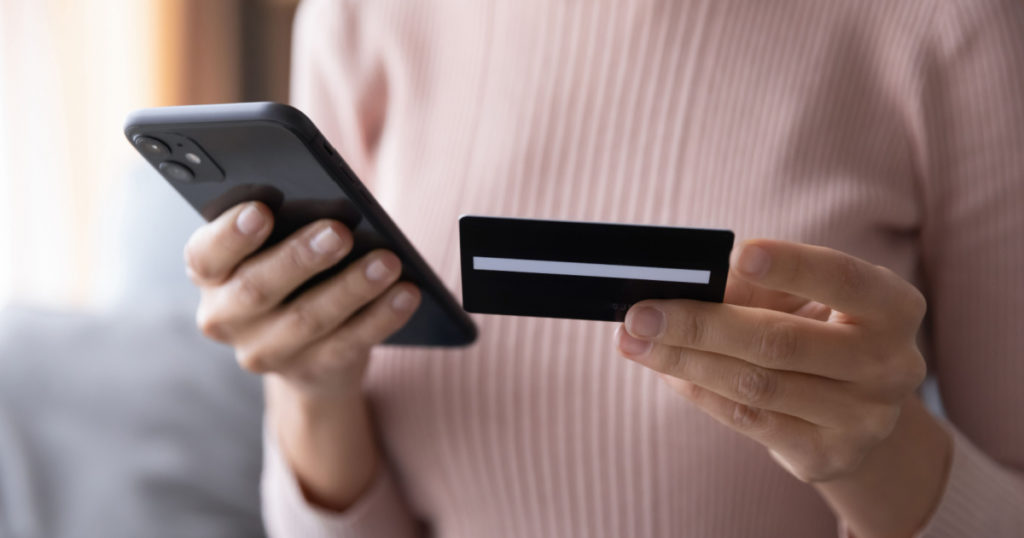
Streamline the process of canceling lost credit cards by keeping photos of all your cards and noting the customer service number. This proves especially helpful when faced with the challenge of remembering multiple cards in the event of a lost wallet, as suggested by Karl Erickson.
Renting a Car

“I make it a practice to photograph rental cars both before and after usage,” notes Freedman. This precaution ensures that, in the event of damage-related charges, I possess images with time and location stamps. Notably, bumpers, especially the corners, are susceptible to scratches or damage, incurring significant repair costs.
Medications and Prescriptions
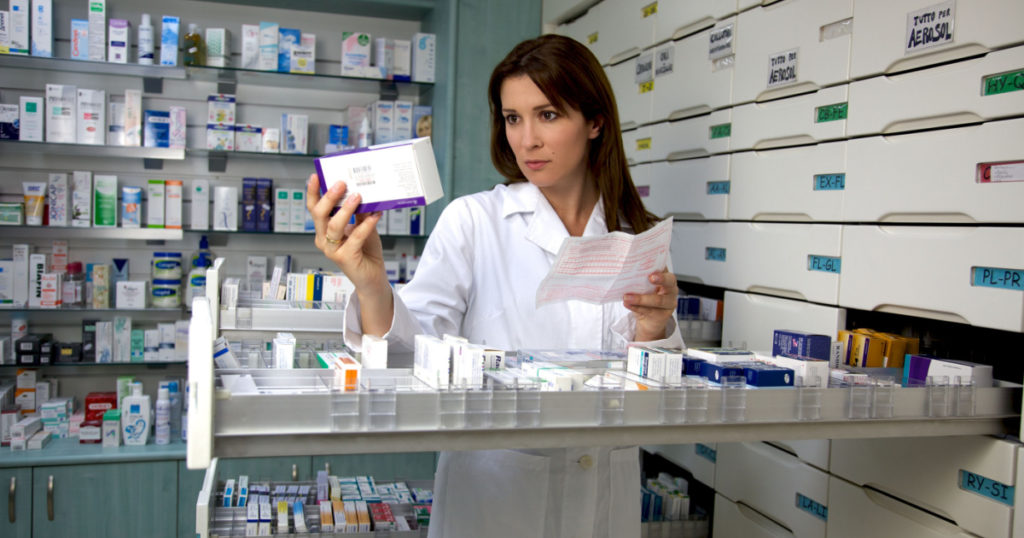
Keeping photos of your medication prescriptions is crucial, especially in situations where you lose your medications or run out while away from home. This practice becomes exceptionally helpful if you happen to forget the prescription bottle when visiting the pharmacy. By having a photo of your prescriptions, you simplify the process of obtaining replacements. Simply show the pharmacy the photo, allowing them to look up the records and potentially save you an additional trip.
Locating Your Parked Car
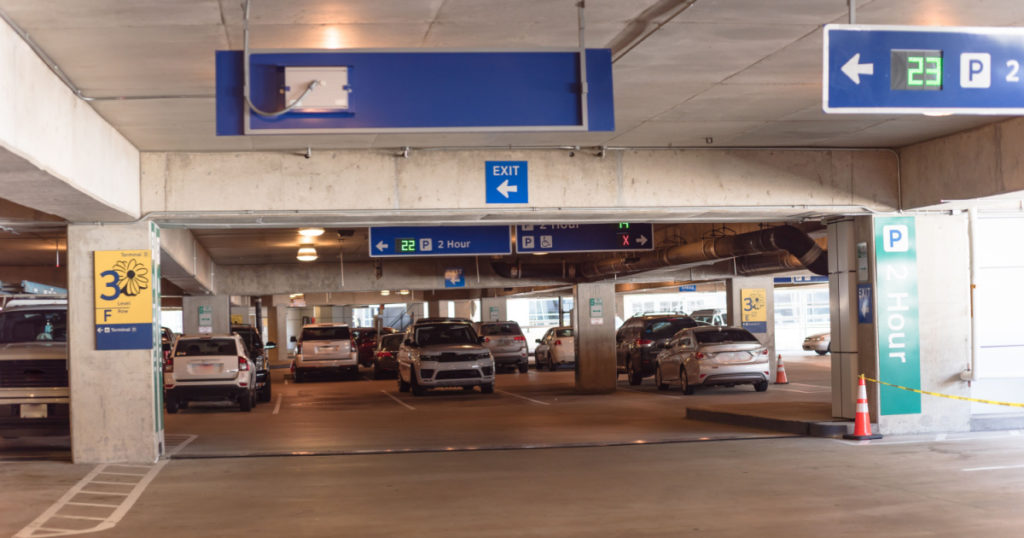
Freedman humorously refers to this as his “old man trick.” He advocates taking a photo of the parked car’s location, especially for rental cars, preferably with the car visible in the picture. This eliminates the frustration of wandering in vast parking lots, unsure of the vehicle’s make and model.
Printer and Computer Information
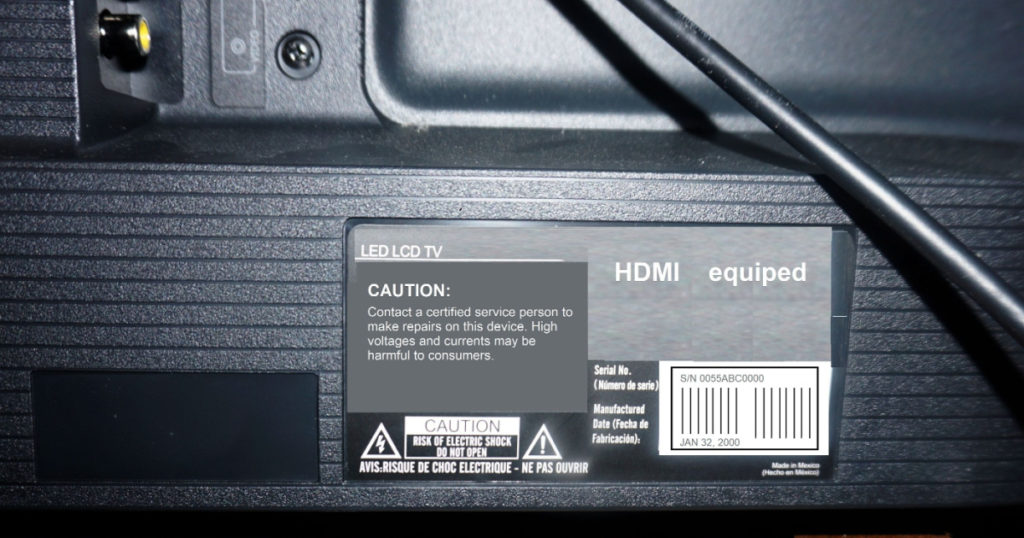
Snap pictures of your printer and computer model numbers, as well as serial numbers. This aids in reporting lost or stolen devices, facilitates technical support, and prevents the hassle of searching for microscopic serial numbers in critical situations.
License Plate and VIN Number
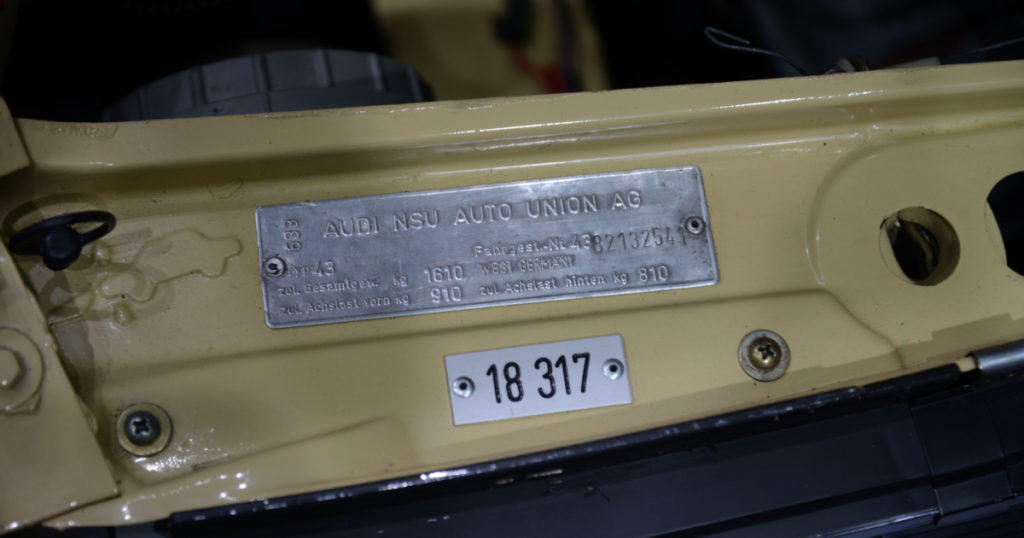
Memorizing your license plate number can be challenging. To streamline payment at parking stations and swiftly inform the police in case of a missing vehicle, keep a photo of your license plate and VIN.
Driver’s License
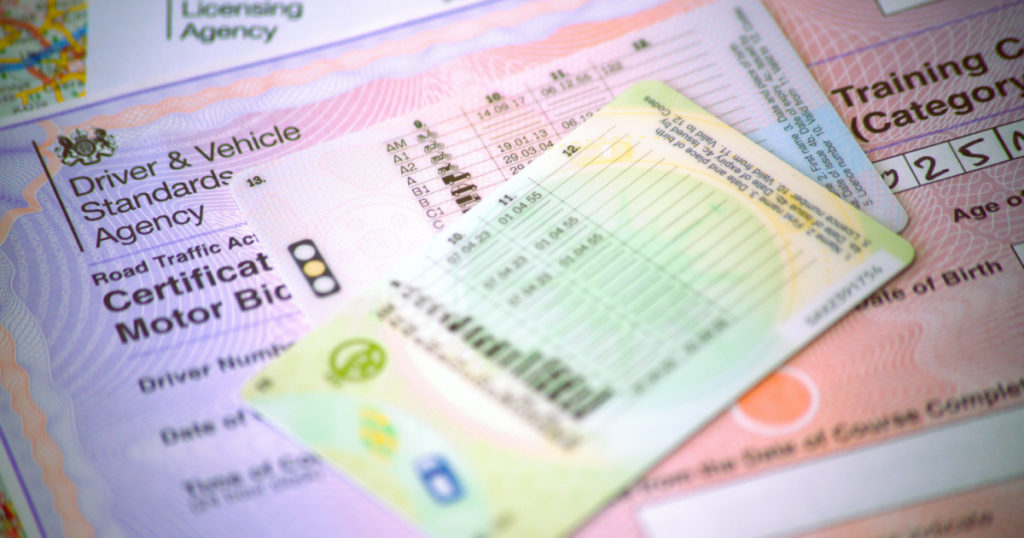
In the unfortunate event of a lost wallet, having a photo of your driver’s license serves as a temporary backup. However, be cautious about using it as a substitute during a traffic stop, as police officers typically require a physical license.
Auto Insurance Card
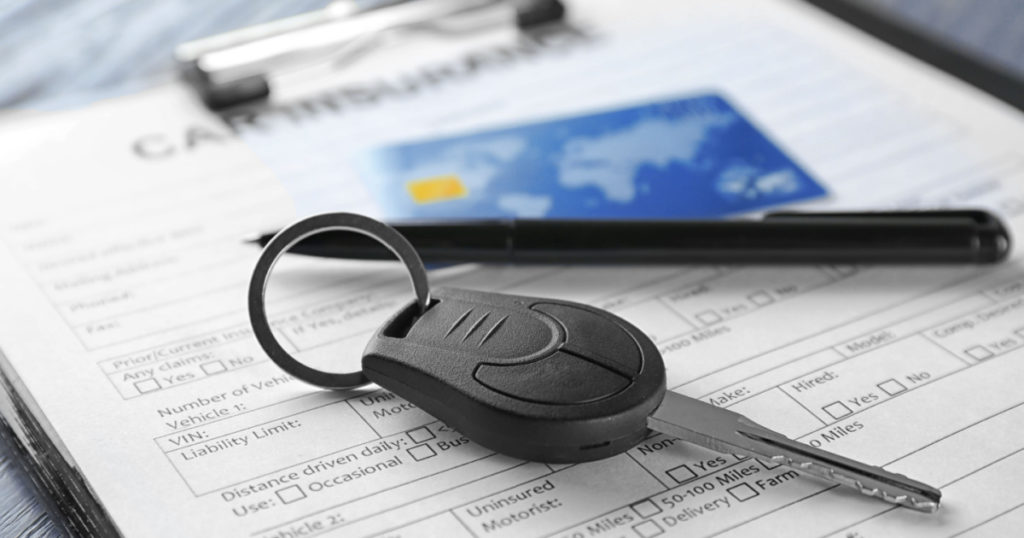
Ensure you have an up-to-date photo of your auto insurance card on your phone, especially when away from home. This ensures preparedness for unforeseen accidents, sparing you the hassle of rummaging through the glove compartment during emergencies.
Passport
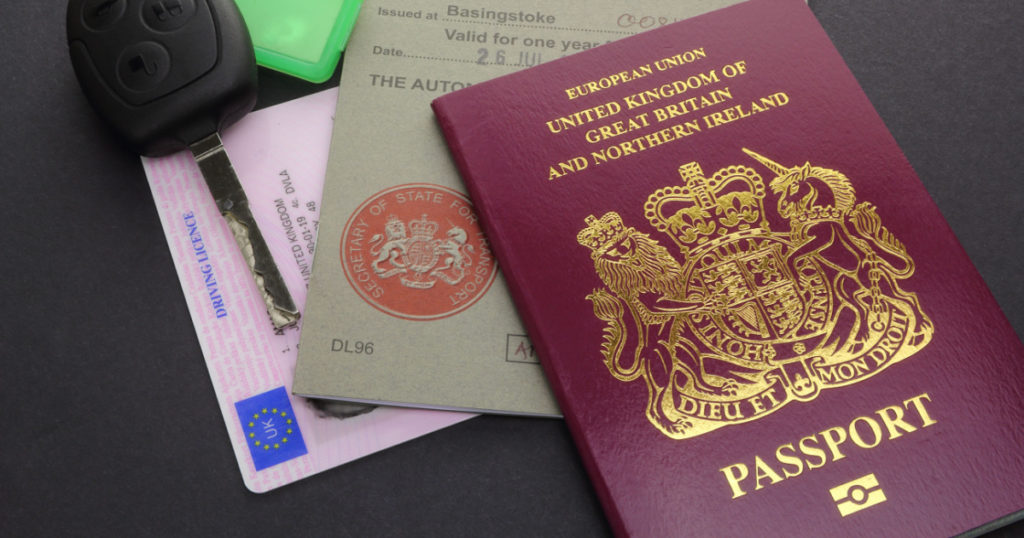
For international travel, Karl Erickson advises travelers to photocopy and photograph their passports. This facilitates easier visits to the embassy to prove U.S. citizenship if the original passport is lost. This is one of the least kept photos on your phone and one that you should never forget when traveling.
Medical and Dental Insurance Cards
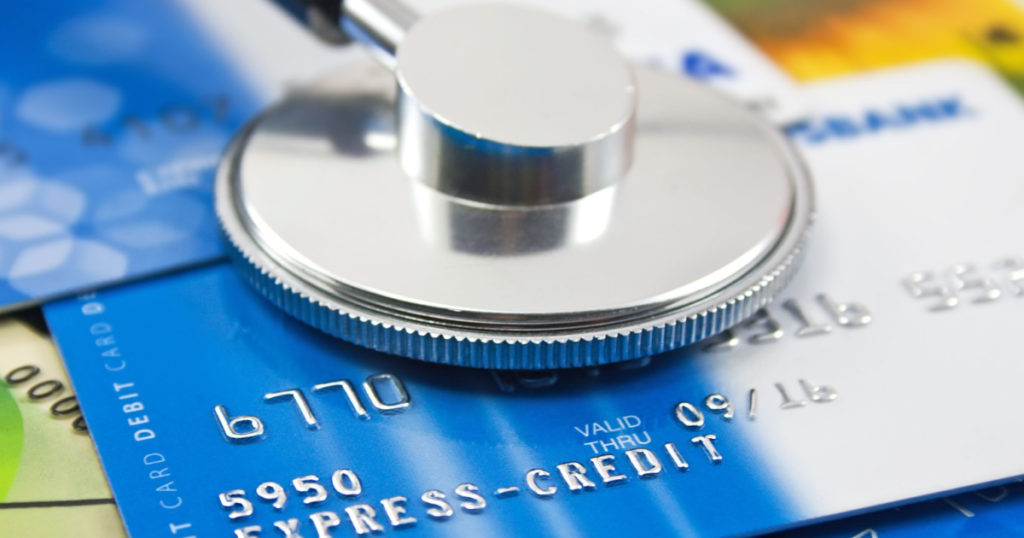
Photograph your medical and dental insurance cards to avoid complications in emergencies. Knowing where these photos are stored on your smartphone adds peace of mind.
Individual Photos of Family Members
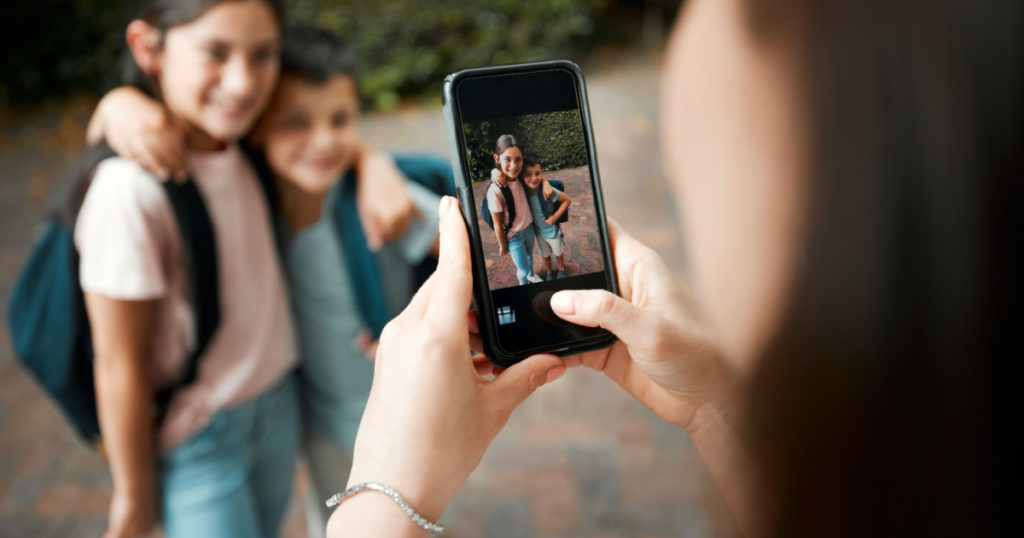
Keeping recent photos of family members on your phone is invaluable in crowded situations. In emergencies, these photos aid in seeking help from security guards or people around you. Police often request three current photos in missing person searches.
Bank Account and Routing Numbers
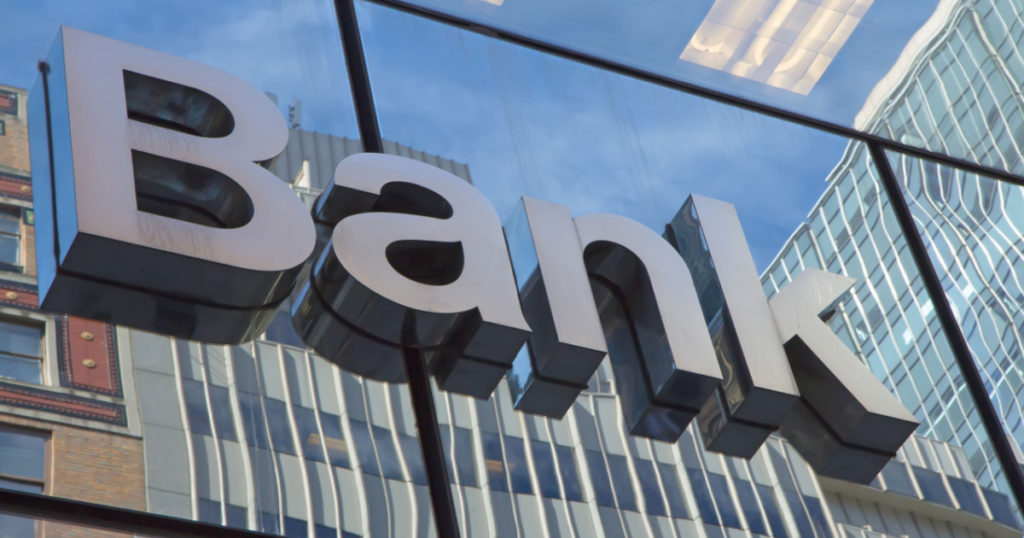
Protect yourself against identity theft and bank fraud by having screenshots of your account and routing numbers. This ensures a swift freeze of accounts in case of suspicious activity and facilitates easy access for pay-by-phone transactions.